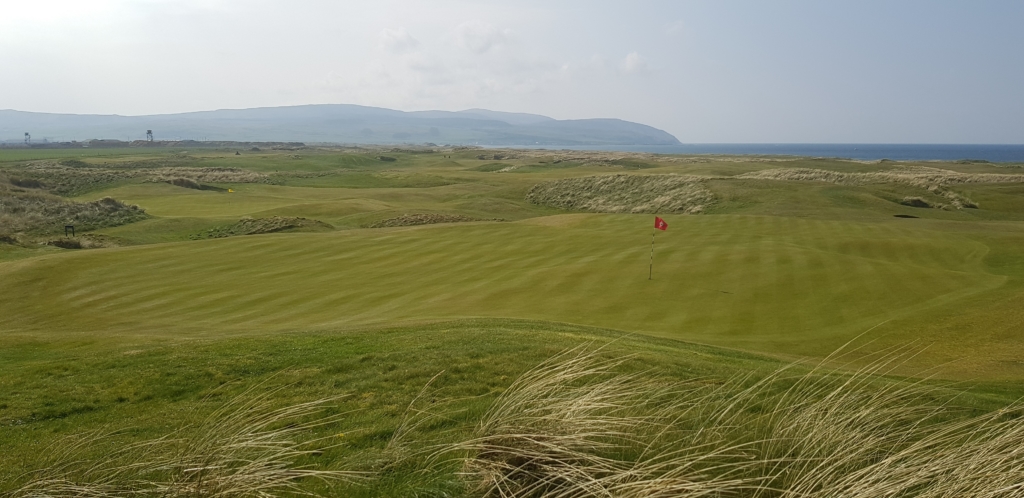I don’t know how many people said to me during April that they couldn’t ever remember it being as dry or windy. Well, I could, and I’m sure every other greenkeeper in Scotland could, too. The old saying that March “comes in like a lion and goes out like a lamb” is all too predictable, and while this usually means we are blessed with a few days of settled, sunny weather to end the month, the reason for this is because a big area of spring high pressure nearly always builds in from Scandinavia at this time. These huge highs are notoriously belligerent, and when they are faced with an onslaught from low pressures piling in from the Atlantic as we head into April, there tends to ensue a “square-go” which the high pressure almost always wins. Because this conflict happens right over the extreme westerly edges of the Scottish landmass, the weather pattern stagnates and strong cyclonic winds around the edge of the low are forced up over us in a south-easterly direction. I have worked on the west coast for 20 years now and I would estimate that this exact weather pattern has parked cold, dry, and extremely windy conditions right at my door during at least 15 of those springs. Just when things are starting to look really good out on the course, the south-easterly hairdryer rears its extremely ugly head and stunts everything that was even thinking about growing. It is no good for the flowerbeds, it is no good for the brand-new flags that I always put out at the start of the season, and it is definitely no good for my gnarled old complexion!
One thing I have learned over the last two decades is that weather-watching is more than just a hobby for greenkeepers. To be truly successful in this business, you have to be obsessive about it, you have to learn how to watch the patterns and the signs and you must never allow yourself to be sucked in by false springs. Because in reality, so-called false springs don’t actually exist; they are merely annual blips that come before actual spring, which is a season invariably blighted by cold temperatures, zero growth, and biting south-easterly winds. It has always been like that, and unfortunately for us Scottish greenkeepers, it probably always will be. True to form though, as we headed into the beginning of May, the winds warmed up and calmed sufficiently to allow the strongest of the lows that had been parked up in the Atlantic to creep just far enough east to give us the little bit of rain that we had been crying out for in order to get some granular fertiliser and some wetting agent onto our greens. Watching for these encroachments and then making the absolute best of the opportunities that they afford can make or break a greenkeeping season. Get it right and you can relieve all the stress and tension that has built up in your greens during April in one go. Miss the window of opportunity, though, and another dry spell can hit hard before you have had the chance to return your greens to their base settings of optimum nutrition and universal moisture content. If that happens, you can be left chasing your tail for weeks or even months.
Maintenance Matters
When you maintain grass in order for it to perform to the very best of its ability like we do, you are threatening its very existence on a daily basis. The expectations of members and visitors are higher annually because performance advantages are constantly discovered and boundaries are constantly pushed by a business-driven desire to provide optimum conditions on a much more frequent basis than was previously ever thought possible. The goal is simply to have our greens in tournament condition for as many days of the year as we possibly can. To offset the potential damage that can be done to the plant from pushing it to its limits even more often than before, we take every opportunity to reduce putting it under any stress that we can avoid. One of the most obvious ways we do that is by keeping our mowers sharp. Everybody knows that a clean, sharp cut to the finger will heal up almost immediately, while a serrated slash incurred by contact with a rusty, blunt blade will take a lot longer to heal and is far more likely to become infected. Well, exactly the same is true for grass, especially when it is already subjected to severe stress. To offset the potential for damage caused by poorly performing mowers, many clubs, including Machrihanish Dunes, have invested heavily over the last few years in reel and bedknife grinders that would previously have only been purchased by main machinery dealers and the most prestigious of championship venues. Having these machines at our disposal ensures that we can always have our greensmowers operating at optimal performance, whereas previously, we were always trying desperately to “eek them through” until the next time they were scheduled to go the main dealer for service. “Eeking them through” invariably meant we would, for instance, back away from cutting greens following topdressing (sand blunts blades frighteningly quickly), or conversely, we might have avoided topdressing in the first place in order to avoid negatively impacting on the quality of cut. Both of those scenarios would have resulted in less than optimum conditions on certain individual days, which might potentially have caused frustration for customers. Although we could now be accused of wastefulness by cutting greens in less than ideal conditions because we have the machinery available to sharpen mowers again afterward, at least the greens are getting maintained to an optimum level. The result of having these grinders at our disposal is that there are more days of the year when it is possible to provide our customers with playing conditions that come close to being “as good as it gets”.
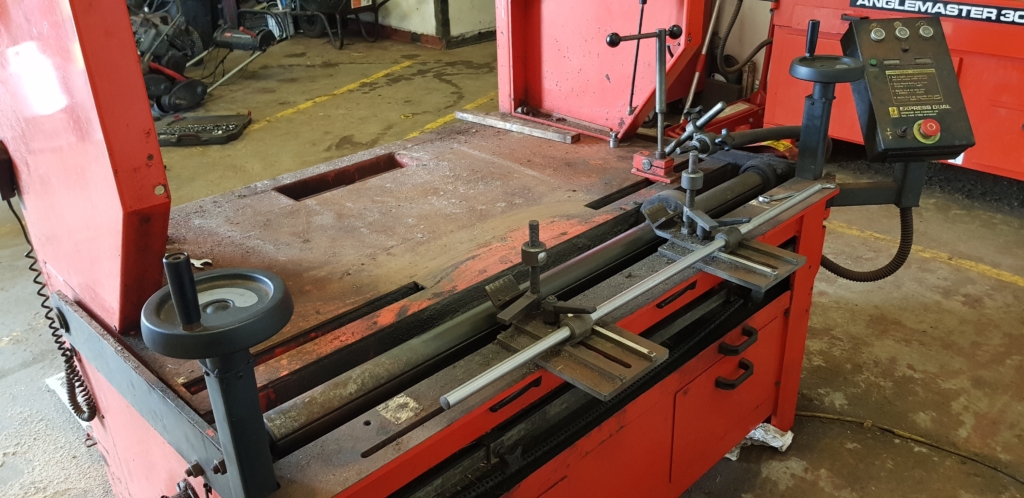

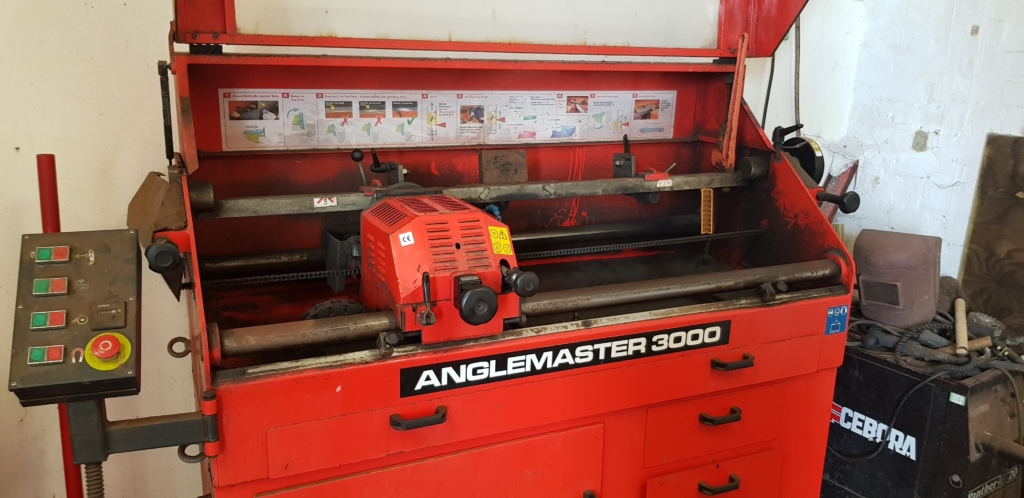
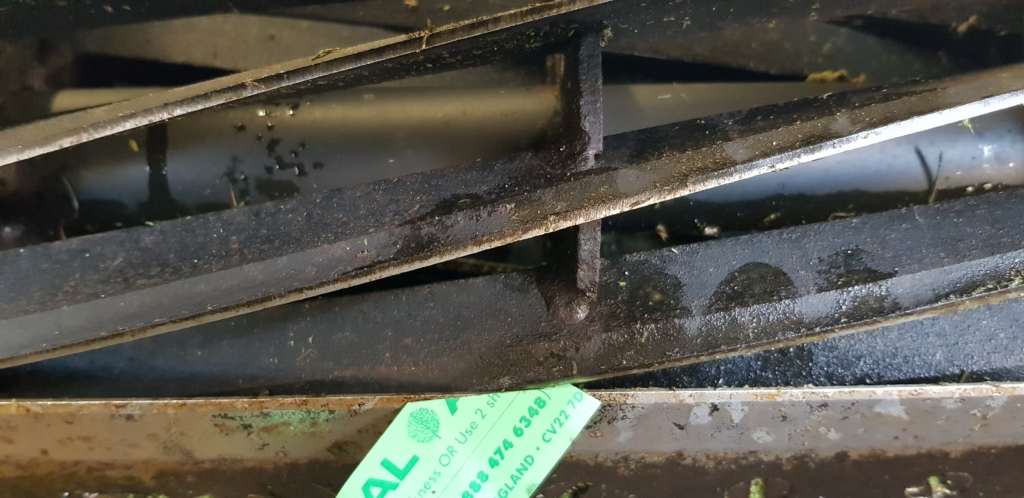
Ten Years of Fairway Preparation
In my last update, I wrote about the greens and how they had matured both before and since I started working at Machrihanish Dunes. This month, I want to talk about the fairways. Everybody knows about the restrictions placed on the team who designed and then “constructed” the golf course, and I still have people approach me who remember how difficult it was for the greenkeepers to initially work the ground that was to become the fairways into a condition that was at all suitable for golf, simply by mowing down the existing topography. This would have been reminiscent of the way that links courses evolved a century earlier, but in those days, player expectations were understandably lower than it is today. Golfers who played the game in 1909 would have been far more forgiving of idiosyncrasies than a lot of the players who turned up at Machrihanish Dunes in 2009 expecting to be presented with a manicured experience.
There is no doubt that the early years were tough for the hard-working individuals who fought to hone the links into a respectable golf course. Ten years down the line, though, we are definitely reaping huge benefits from not having put a bulldozer through the lot! Contours that must initially have seemed impossible to tame have been smoothed off by a decade of relentless mowing, leaving behind rumpled, wildly undulating expanses of springy seaside turf that provide the player with an absolute rollercoaster of fun. The architects must take a lot of the credit for this. I am sure they will have had to utilise their skills in a slightly different and less bullish manner than they ordinarily would, standing back and looking for opportunities in the existing terrain rather than stamping an artificial footprint on top of it. They must be so proud now to see their vision realised in such a spectacular way- holes like the 3rd, 7th,13th and 17th pitch and roll along their entire length and provide a strategic test that must have been so difficult to initially spot when the ground was covered in relatively thick foliage. Now that the rough edges have been removed from these areas by continual mowing and they are covered with a smooth sward of natural links grasses growing on the same undisturbed, humus-rich soil that they have been growing on for thousands of years, they are spectacular to look at and brilliant fun to play from. Everybody who has spoken to me about golf course design will attest to me being a huge fan of the art and strategy that is involved in the craft, and it is clear that I have strong views on what I believe makes or breaks my enjoyment of playing a seaside links. I have played on a lot of courses that have great fairway contours, but I think that maybe, just maybe, Machrihanish Dunes has the most amusing and visually appealing collection of all. It may have been a struggle to start with, but it certainly worked out well in the end!
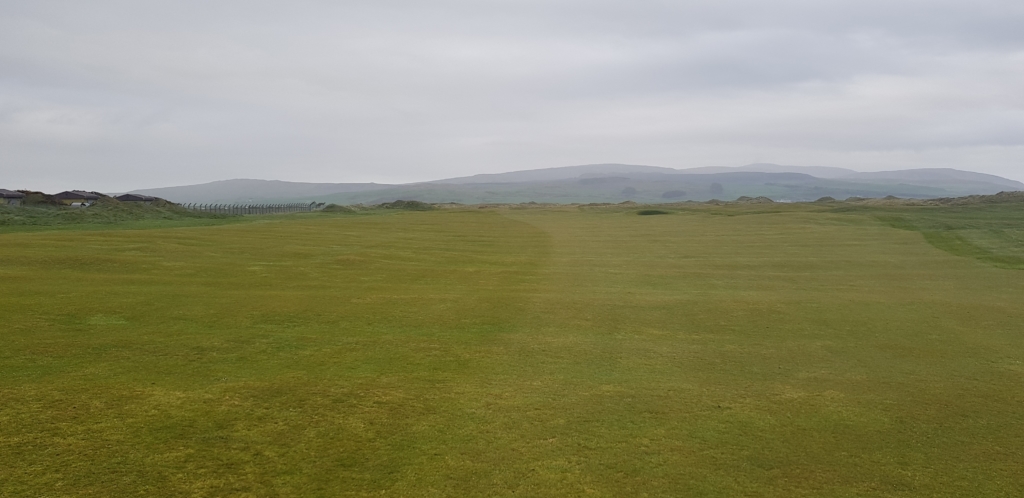

Early Season Competitions
In my last update I made mention of some upcoming competitions, the first of which was the inaugural playing of our Mach Dunes Am-Am. This was sponsored by our friends at Glen Scotia Distillery and turned out to be hugely successful with 31 teams participating. The winners on the day were Raymond Harvey, John Brown, John Marrison, and Danny Halliday.
The following weekend (13th/14th April) saw Machrihanish Dunes proudly host the Argyll and Bute Matchplay Championship for the first time, and this was won in fiercely windy conditions by Graham Bolton.
The Kintyre Team Challenge was played jointly over Machrihanish Dunes and Dunaverty over the course of Easter weekend, and the winners of this were Jamie Campbell, Kenny Semple, Jennifer Owen, and Jim Clark.
Things revert to normal for a while now as we begin to look towards our annual festival of golf, the Campbeltown Open. This competition will be played over the weekend of 29th-30th June and entries are already coming in thick and fast. Anybody who is interested in booking a preferred tee time for the Open should phone Lorna or Peter at the Golf House on 01586 810 058 as soon as possible. Before we concern ourselves too much with the Open, we have our new Wednesday Member’s Competitions to look forward to. These will commence on 5th June, with the first competition being played in a stableford format from the white tees for men and red tees for ladies. Over-70s who wish to play just 9 holes will be pleased to hear that a separate competition will be run for them in conjunction with the main competition on the same day, from the yellow tees for men and red tees for ladies. These competitions will run every Wednesday from this date until the end of August.
